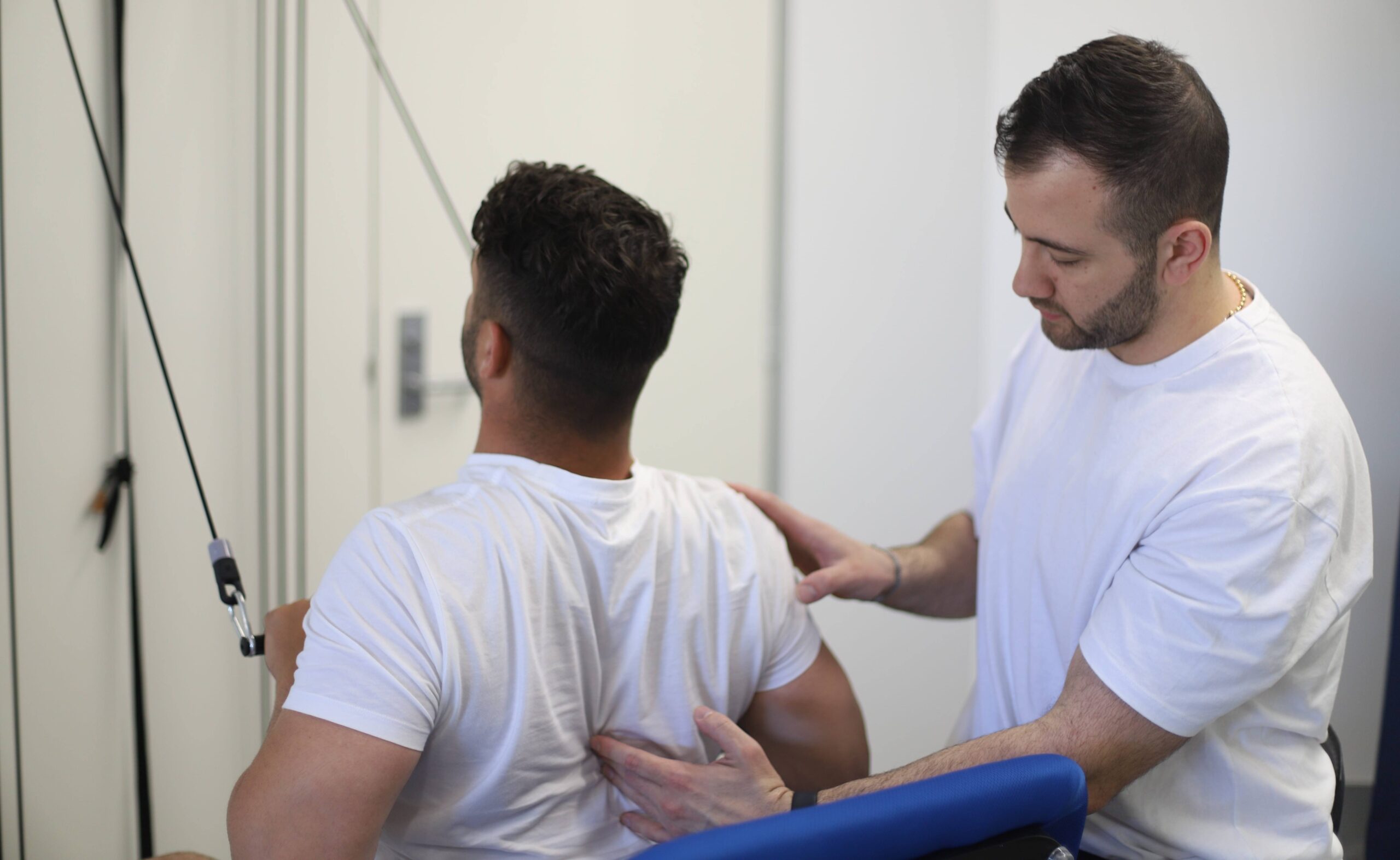How to Tell If Your Desk Job Is Silently Causing Long-Term Pain
You’re not lifting heavy things or sprinting across factory floors — just sitting at a desk, clicking and typing. So why do your shoulders ache by lunchtime? Why does your lower back feel stiff when you get up, and your neck feel like it’s holding the weight of the world?
The truth is, long-term desk work can have a major impact on your body — especially if posture, movement, and breaks aren’t managed properly. If these aches are starting to affect your mood, energy, or productivity, It might be time to consider support from a professional, like a physio Burwood East workers trust for tailored care.
Here’s how to spot the signs early and stop desk-job discomfort from turning into something more serious.
Desk Jobs Are More Physical Than You Think
While the work itself might not be physical, your body is still doing a lot — often the same thing, for hours on end. That’s what makes desk jobs tricky: repetitive stillness. Whether it’s craning toward your screen, crossing your legs, or hunching over a keyboard, small habits can build up tension over weeks, months, and years.
Your spine, muscles, joints, and even your circulation are affected by:
- Poor chair support
- Low desk height or improperly placed monitors
- Long periods without standing or stretching
- Stress, which adds unconscious tension to your shoulders and jaw
Left unchecked, these issues can create long-term imbalances and pain.
Subtle Symptoms You Shouldn’t Ignore
It’s not always obvious when desk work is the culprit behind pain. Many early signs are subtle and easy to brush off:
- Dull neck or shoulder pain that gets worse as the day goes on
- Tingling or numbness in your arms, fingers, or legs
- A habit of adjusting your sitting position constantly to “get comfortable”
- Tension headaches, especially at the base of your skull
- Feeling stiff or slow when standing after sitting for long periods
These aren’t just normal signs of a “hard day’s work” — they’re red flags that something in your setup (or habits) may be working against your body.
Why It Builds Up Without You Noticing
Repetitive strain injuries develop gradually. It’s not like you’ll “pull” something at your desk — but rather, the discomfort compounds subtly. You might not notice anything for years until it becomes harder to ignore or starts limiting your range of motion or energy levels.
Unfortunately, many people only seek help once they’re in significant pain or after symptoms start interfering with daily life. The earlier you intervene, the easier it is to reverse the pattern and prevent longer-term damage.
Smart Fixes You Can Make Right Now
You don’t need a full office renovation to improve your workspace. Small changes can make a big difference:
- Raise your monitor so it’s at eye level (use books if needed)
- Adjust your chair so feet are flat on the ground, knees at a 90-degree angle
- Place your keyboard so arms can rest comfortably, without hunching forward
- Take movement breaks every 30–45 minutes, even just for 60 seconds
- Use a lumbar cushion or rolled-up towel for lower back support
Start by fixing just one of these, and you’ll likely notice a difference by the end of the week.
When It’s Time to Call a Physio
If you’ve already tried making changes but still experience:
- Ongoing pain or stiffness
- Reduced mobility or flexibility
- Pain that flares up when doing everyday tasks
- Issues that don’t go away with rest
Then it’s a good idea to speak with a physiotherapist. They can assess your posture, movement patterns, and desk setup to pinpoint exactly what’s causing the problem — and give you exercises or treatment that fit your lifestyle.
Desk Work Doesn’t Have to Hurt
We tend to think of injuries as things that happen at the gym or on the jobsite, not while replying to emails. But over time, a sedentary desk job can do just as much damage if you’re not proactive about caring for your body.
Thankfully, with the right adjustments and a bit of expert help, you can stay pain-free and focused — no matter how many hours your job keeps you in front of a screen.
Read More: How to Tell If That Ringing in Your Ears Isn’t Just in Your Head

